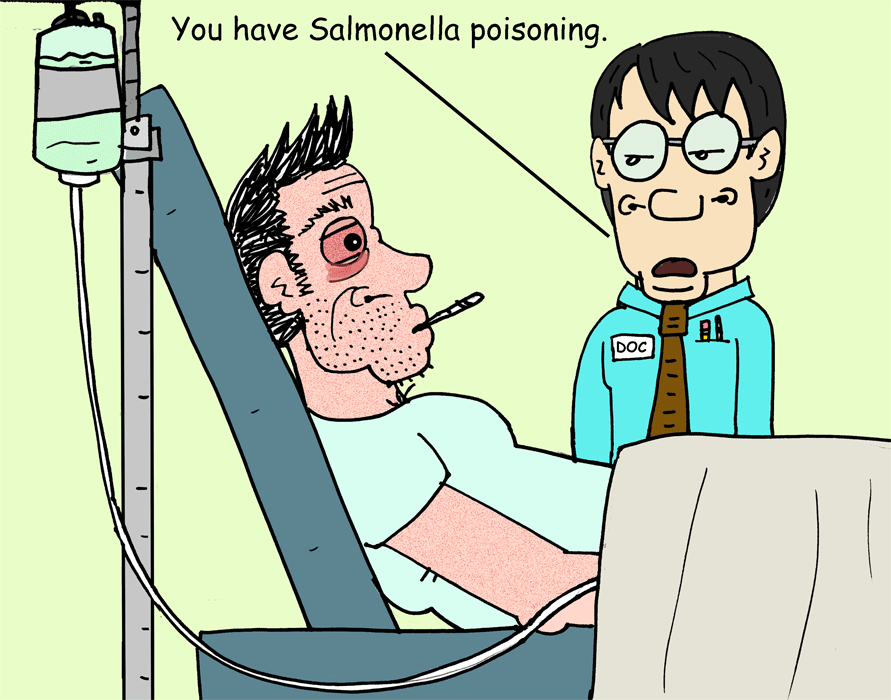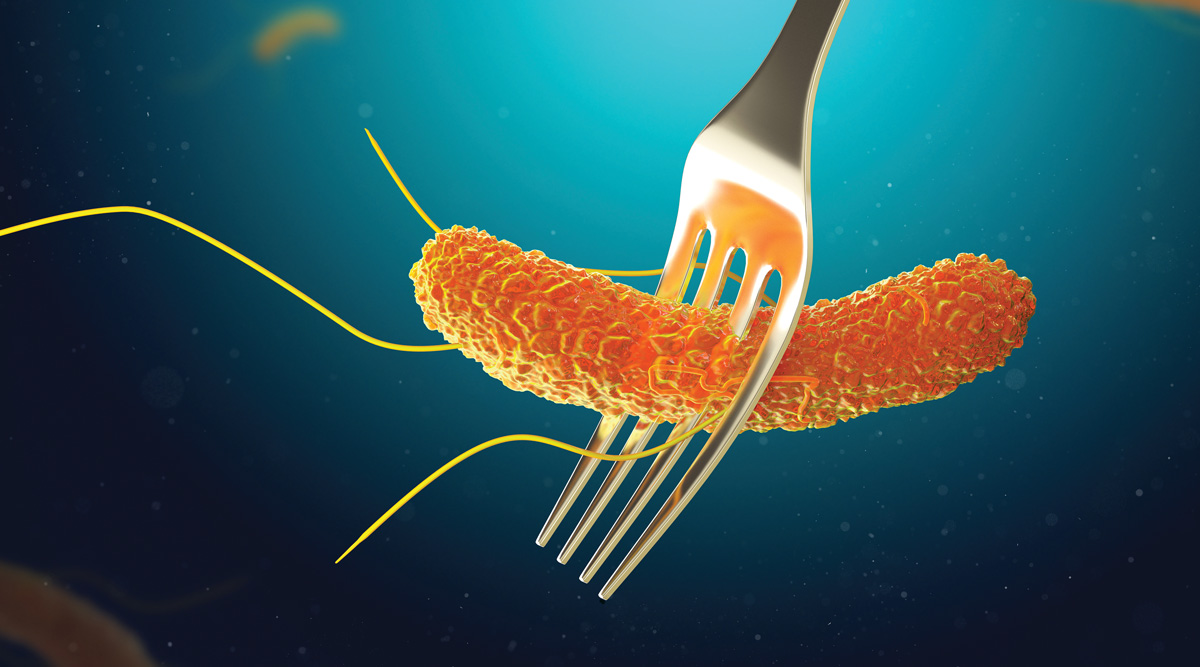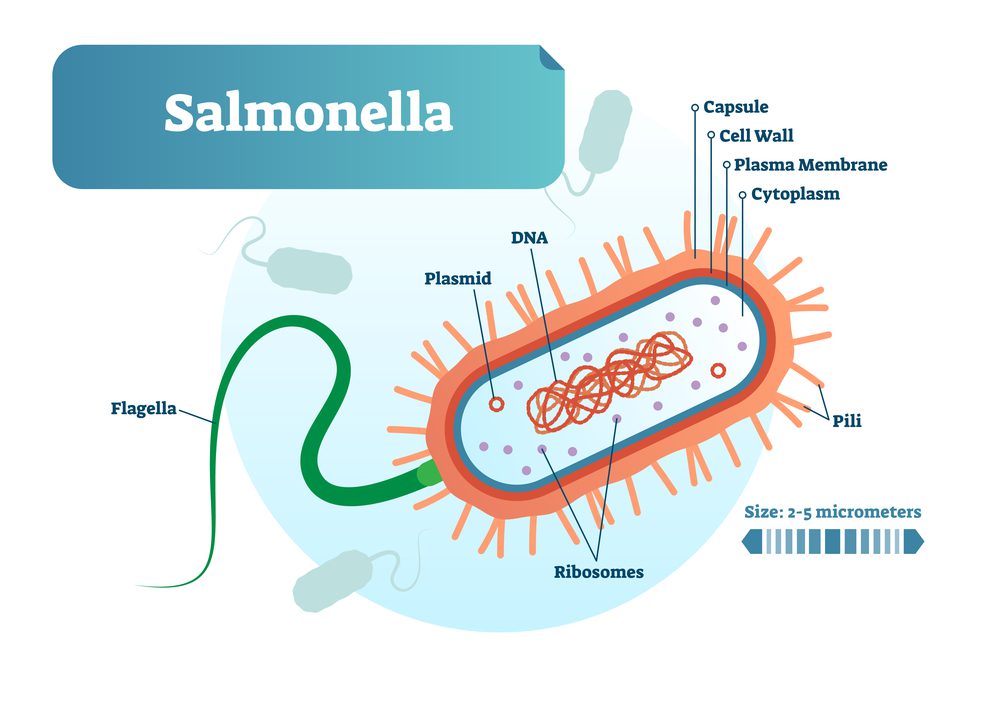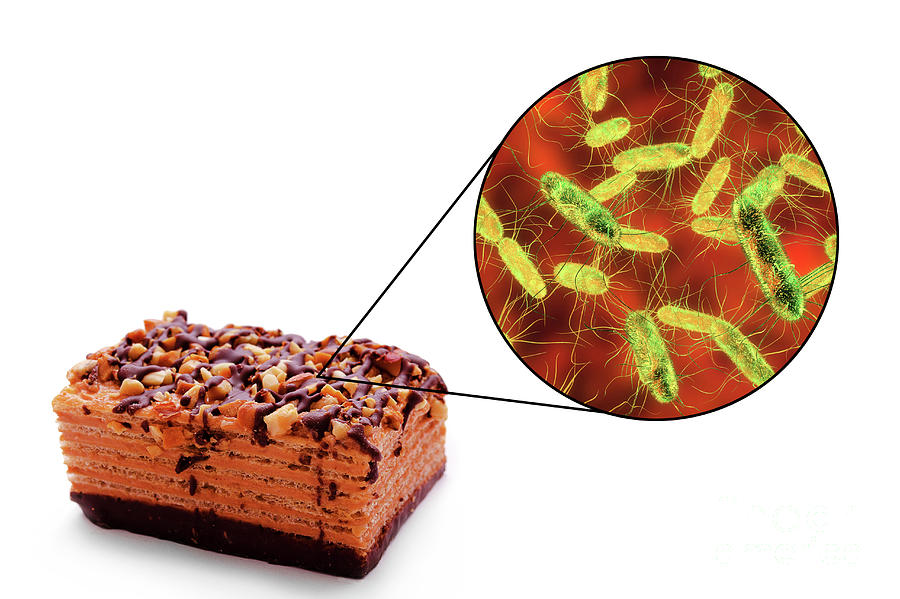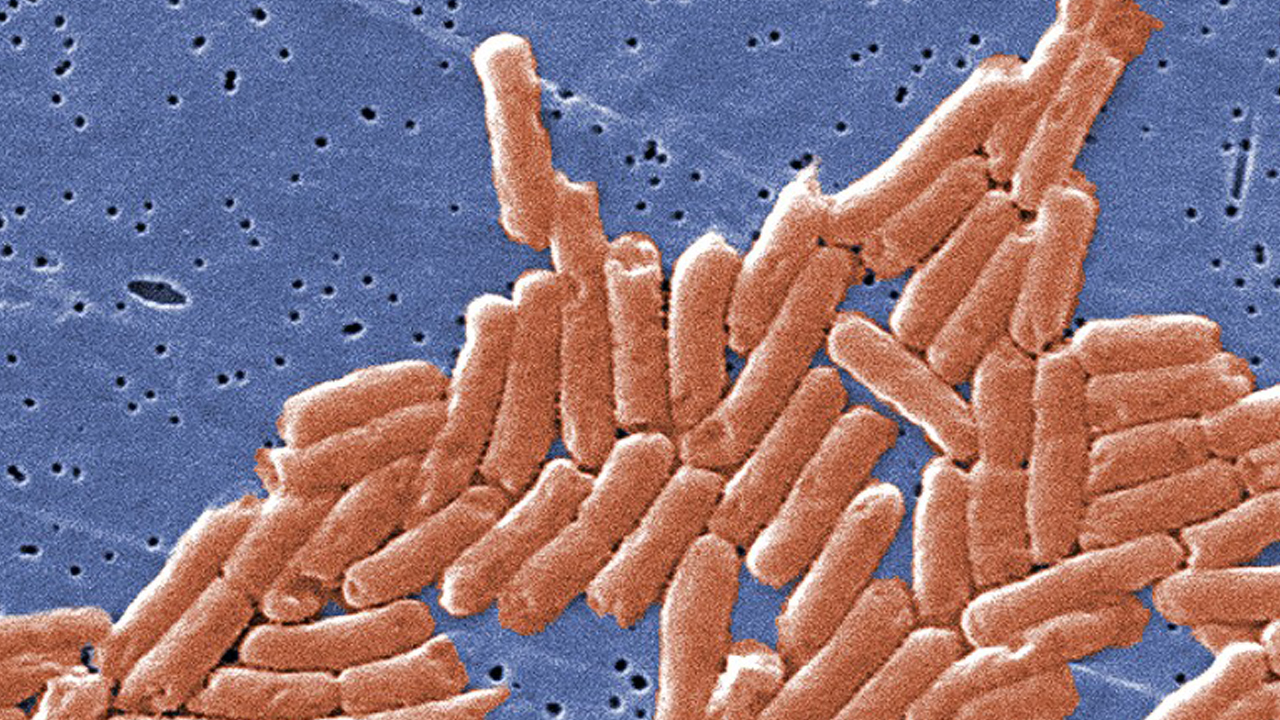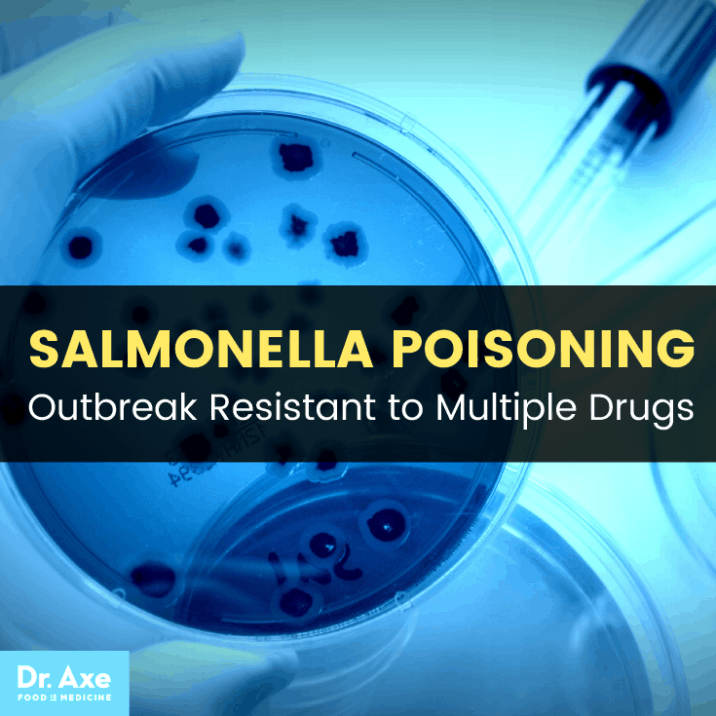Impressive Tips About How To Detect Salmonella Poisoning

Preparing and storing food safely at home.
How to detect salmonella poisoning. Salmonella bacteria typically live in animal and human intestines and are shed through faeces. You can’t see, smell, or taste it. Try to take it easy until your symptoms subside so your body can heal.
Diagnostic and public health testing. Antibiotics are typically used only to treat people with severe illness. Salmonella food safety research and risk management.
Salmonella poisoning’s number one symptom is often nausea and vomiting. Most people recover without specific treatment. Rinse fresh fruits and veggies under.
If you have questions about salmonella infection, email. Diagnosing salmonella infection requires testing a specimen (sample), such as stool (poop) or blood. Salmonella itself can be diagnosed from a stool (faeces) sample.
Safe food preparation, cooking, and storage at home. Salmonella poisoning, also known as salmonellosis, is an infection of the intestines caused by bacteria. Scrub your hands for 20 seconds before, during and after meal prep.
Learn more about raw milk and its risks. Salmonella infection is diagnosed when a laboratory test detects salmonella bacteria in a person’s poop (stool), body tissue, or fluids. During the physical exam, the practitioner may assess vital signs and check for evidence of dehydration.
For every person with a salmonella illness confirmed by a laboratory test, there are about 30 more people with salmonella illnesses that are not reported. Diarrhea, abdominal pain, nausea, and vomiting. Because people often contract salmonella poisoning as a result of eating something contaminated with feces, your body’s natural response is to void the contents of your stomach.
What is salmonella poisoning? Symptoms of salmonella affect your stomach and intestines (gi tract) and include: Some people are more likely to get an infection and serious illness.
Salmonella infection (salmonellosis) is a common bacterial disease that affects the intestinal tract. Diarrhea may last up to 10 days, but it may take several months before bowels return to usual stool habits. Symptoms of salmonella appear anywhere from a few hours to a few days after exposure to salmonella bacteria.
5 min read what is salmonella? The two most common types in the u.s. Testing can help guide treatment decisions.


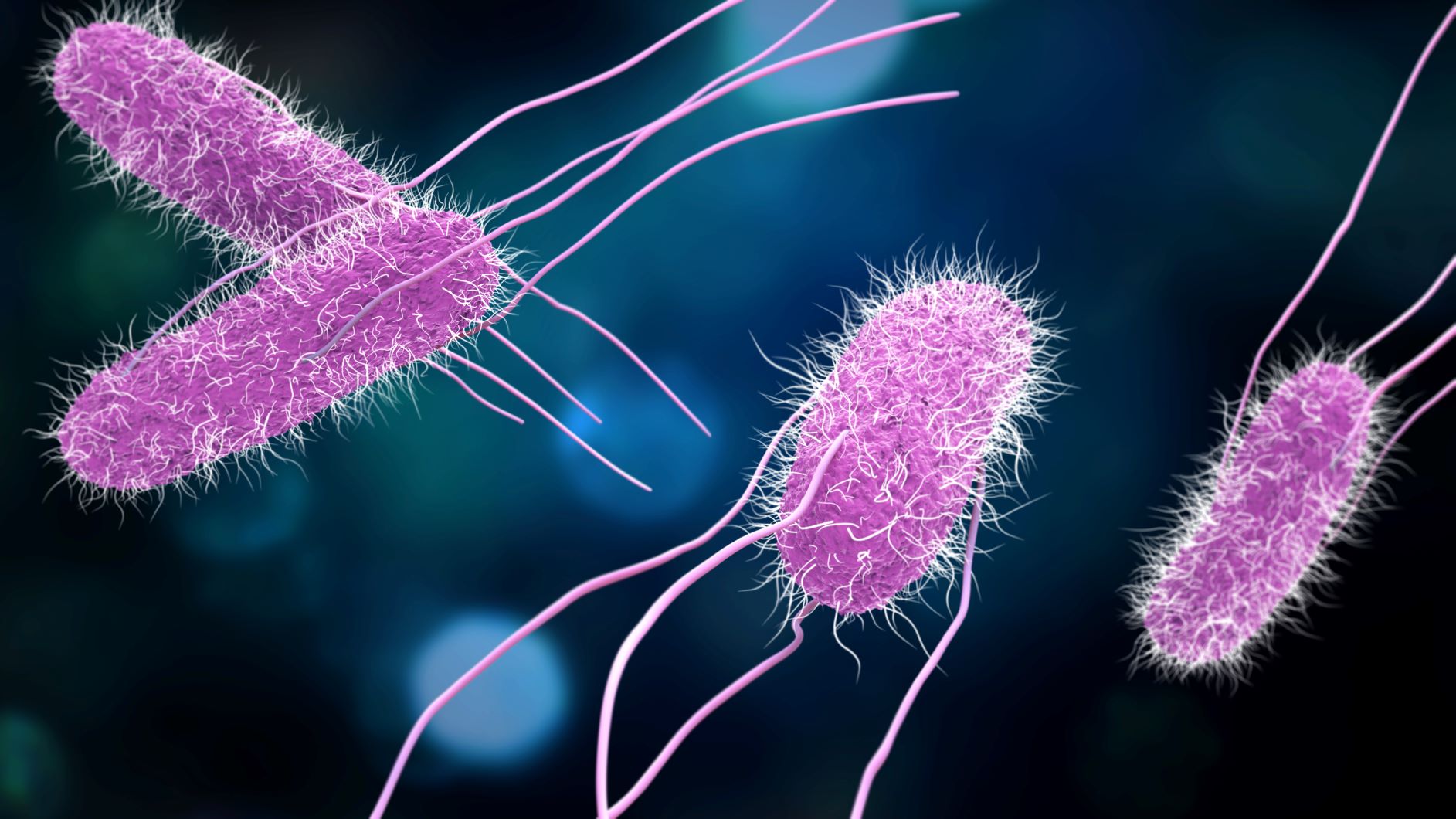
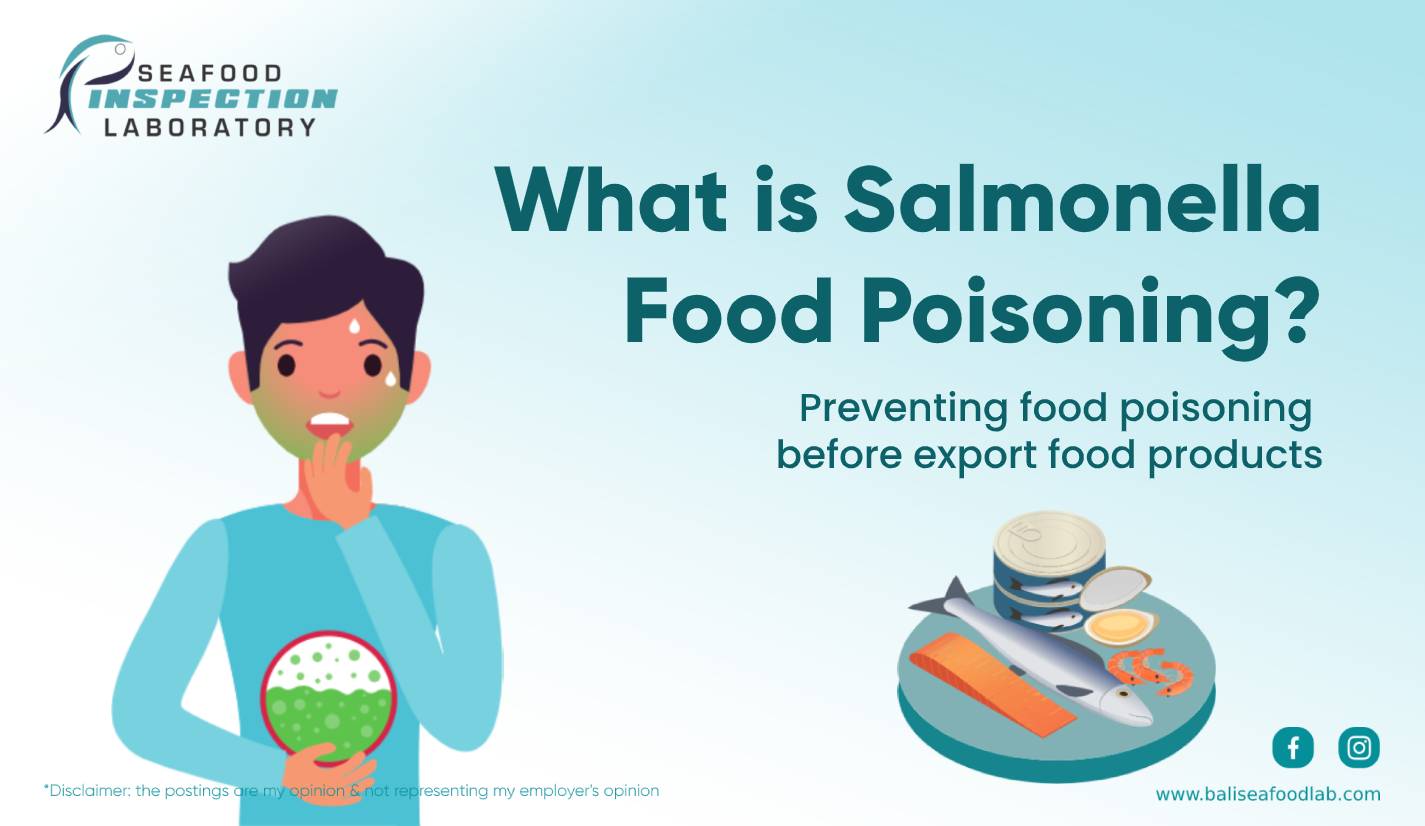

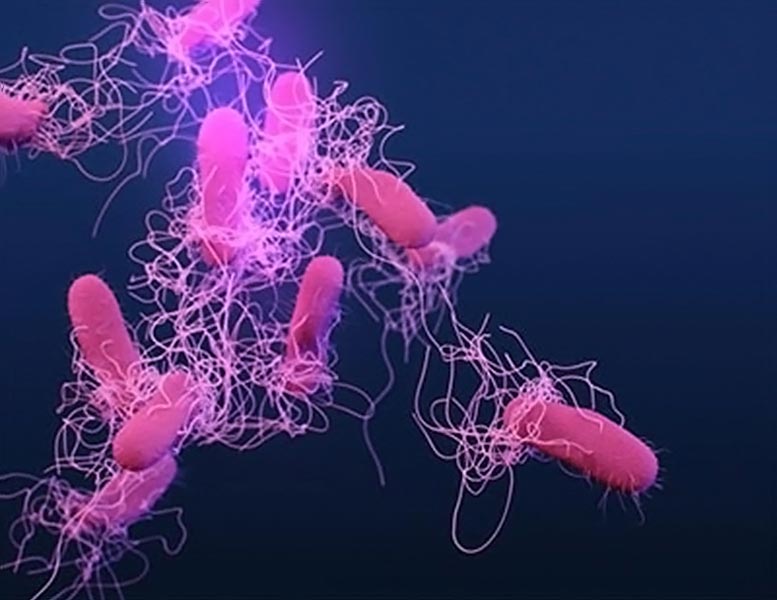
/salmonella-treatment-4164292-FINAL-20f18c88ed5f43b2a8faefe47e21f71b.png)
